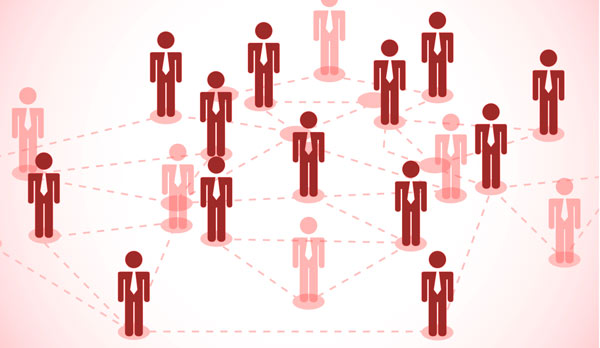
If you have the only cell phone in the world, it’s pretty useless, since you can’t call anyone. If there are 2 cell phones, there is one possible connection. If there are 3 cell phones, you can make a total of 3 connections. 4 cell phones can have a total of 6 connections. 5 cell phones? 10 connections. 6 phones means 15 connections.
The more devices there are, the most connections you can make. The more connections there are, the more useful the whole network becomes. This is also called Metcalf’s Law.
Let’s look at the sequence of numbers generated above.
1, 3, 6, 10, 15, …
Can you see the pattern? The number of connections can be represented by \(\frac{n(n-1)}{2}\) where n is the number of nodes in the network. Notice that this is very similar to \(\frac{n^2}{2} = \frac{1}{2}n^2\). So, the number of total possible connections is proportional to the square of the number of nodes in the network.
